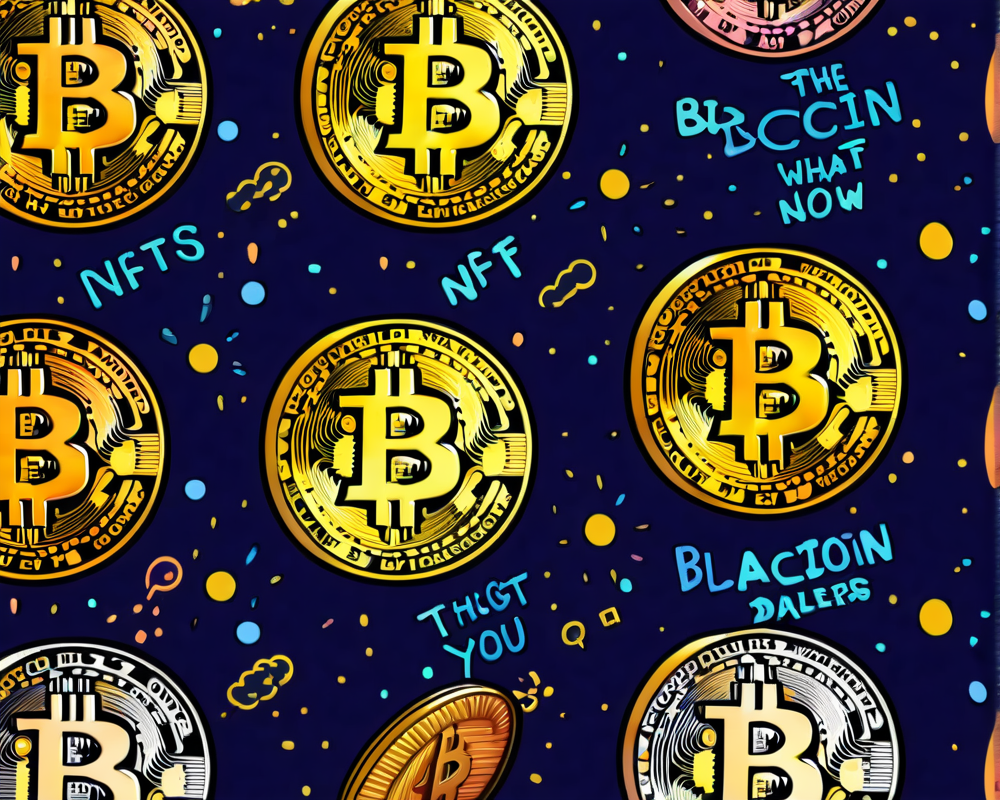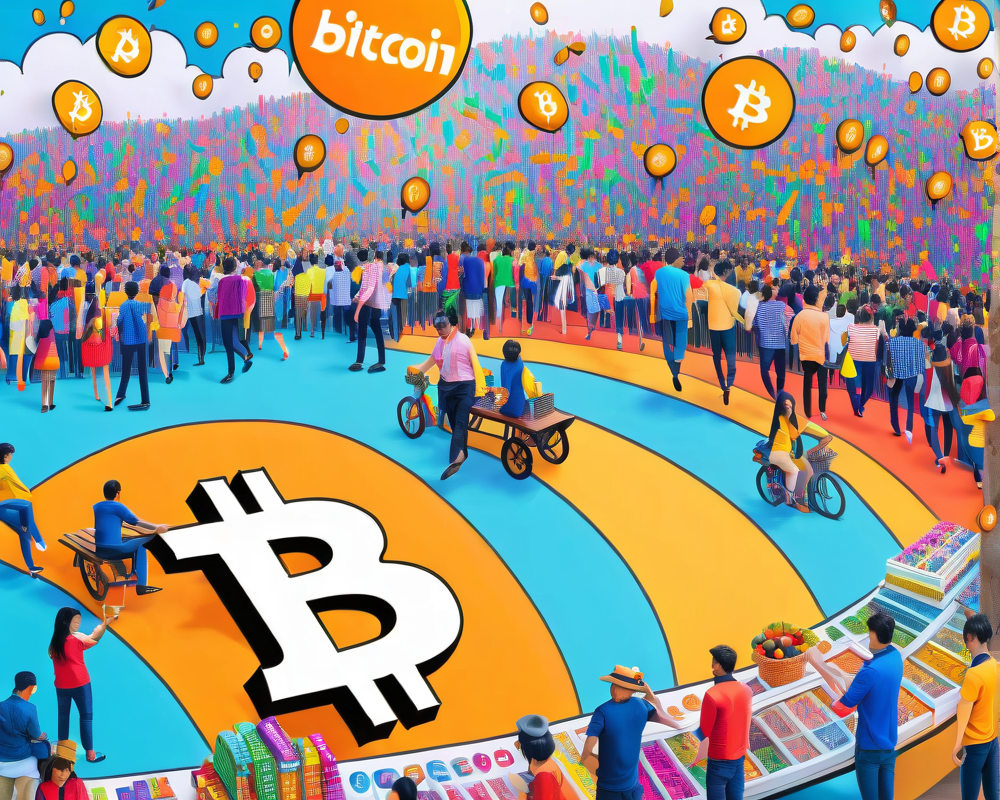Introduction to Bitcoin NFTs
Bitcoin non-fungible tokens (NFTs) have quickly become the hottest topic in the crypto universe, offering enticing new opportunities for blockchain enthusiasts and digital art lovers alike. In 2020, NFTs primarily found their home on Ethereum, but fast forward to January 2023, Bitcoin is throwing its hat into the ring with the groundbreaking Ordinals protocol.
Understanding Ordinals
So, what exactly are Ordinals? Think of them as serial numbers assigned to individual satoshis—the smallest units of Bitcoin. Developed by Casey Rodarmor, this innovative method allows the first sat in a block to sport the ordinal number 0, the second sat to don the number 1, all the way to 4,999,999,999 for the final sat. This concept builds on previous attempts, such as colored coins and Counterparty, but Ordinals set their own unique path.
The Inscription Process
Inscriptions are the lifeblood of Bitcoin NFTs. They allow unique data—like images and videos—to be embedded into individual satoshis. This process is fully on-chain, so there’s no need for sidechains or additional tokens. Want your inscription? You can use the Ordinals protocol or an Ordinals-compatible wallet, like Sparrow, which keeps things nice and secure. Keep in mind, these not-so-little nuggets, with their unique identities, are forever entwined with the blockchain.
Casting Your Own Bitcoin NFTs
If you’re itching to mint your own Ordinal NFTs, you can go full tech wizard with a full Bitcoin node or keep it simple using user-friendly platforms like Gamma. Here’s how to do it:
- Select your file type.
- Upload it from your device.
- Adjust the transaction fee based on your patience level.
- Provide an Ordinal-compatible Bitcoin address.
- Kick back and wait for your NFT to mint—patience is a virtue, after all!
Trading and Selling Bitcoin NFTs
Ah, the lifeblood of the crypto economy: trading! Currently, trading Bitcoin Ordinal NFTs happens mostly peer-to-peer. Yes, it’s a bit like any bustling flea market—organized chaos and potential scams lurking around every corner. But if you’re careful, it can also be a goldmine! Just be sure to use a Taproot-compatible wallet for buying and selling your NFTs. Don’t forget to keep those private keys safe, or they could end up in the hands of someone less trustworthy.
Bitcoin NFTs vs. Ethereum NFTs
While Bitcoin’s Ordinals and Ethereum NFTs seem like digital cousins, they have significant differences. Bitcoin inscriptions boast an immutability and security that Ethereum might envy. Unlike Ethereum NFTs, which can face challenges like off-chain content loss, Bitcoin NFTs hold their data firmly within the Bitcoin network. You want it? Pay the fee, and you’ve got yourself an NFT that won’t vanish into the ether (pun intended).
Addressing the Controversy
The birth of Ordinals has reignited a fiery debate within the Bitcoin community: Should Bitcoin strictly be a currency, or can it stretch its legs into new territories? Critics fear that NFTs might clutter the blockchain, slow down transactions and—heavens forbid—jeopardize its status as a digital currency. But, with increased block capacity, some argue that filling those blocks contributes to Bitcoin’s strength.
The Future of Bitcoin NFTs
Ultimately, the future of Bitcoin NFTs rests in navigating these waters with caution. The Ordinals protocol is just getting started, and while critiques abound, so do new possibilities. For anyone invested in the crypto space, whether for passion or profit, the landscape is shifting—and it’s time to adapt to what’s next!




